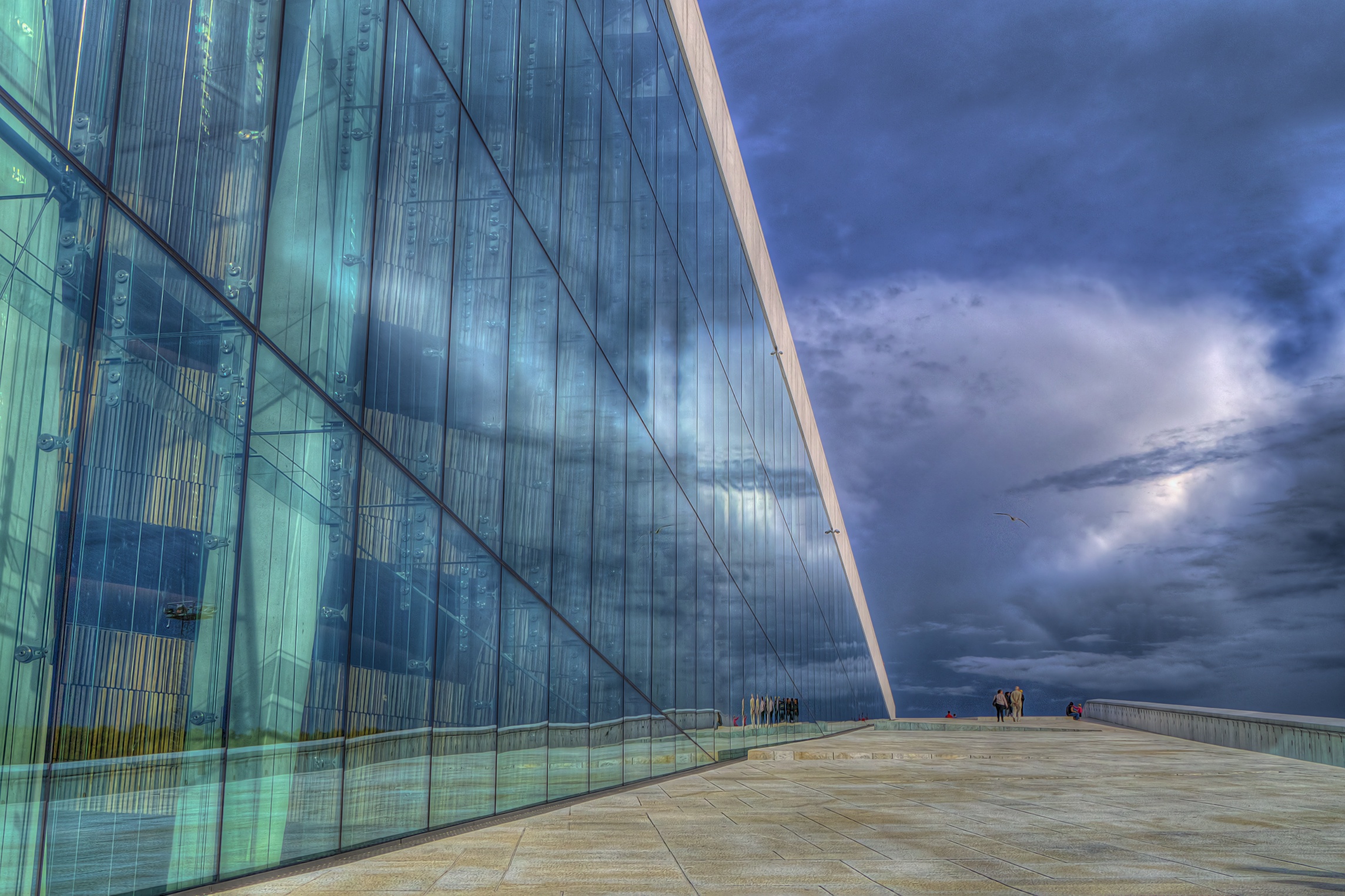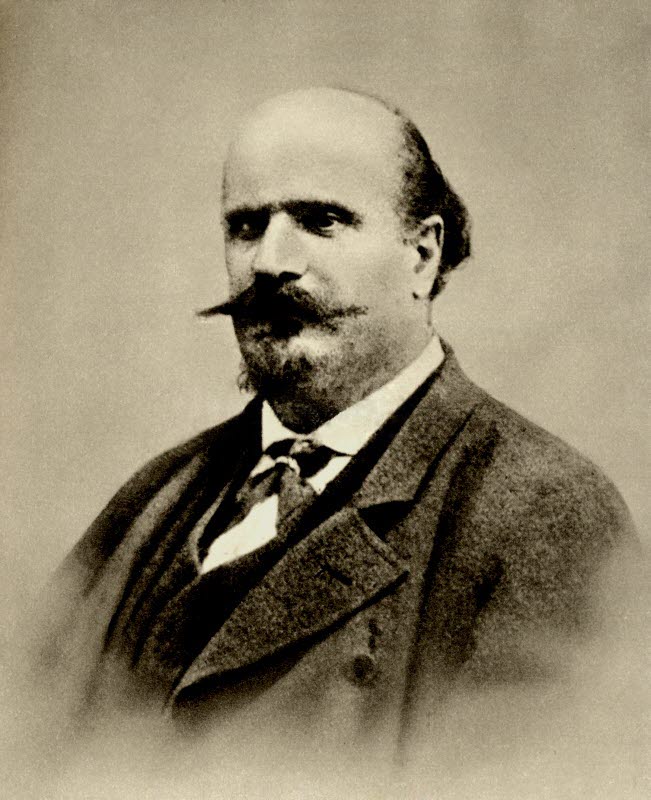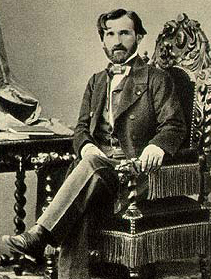|
Maria Guleghina
Maria Agasovna Guleghina, russian: Mapия Aгacoвнa Гулeгинa, uk, Марія Агасівна Гулегіна, hy, Մարիա Գուլեգինա (née Meytardjan (russian: Мейтарджян); born 9 August 1959) is a Soviet-born operatic soprano singer, particularly associated with the Italian repertory. Biography Maria Guleghina was born in Odessa, Ukrainian SSR, to an Armenian father and a Ukrainian mother, where she studied voice at the Music Conservatory with Evgeny Nikolaevich Ivanov (under whose tutorship she remained even after graduation). Guleghina is a citizen of Luxembourg where she resides with her family. Career Guleghina made her stage debut in 1985 as ''Yolantha'' at the State Opera in Minsk (Belarus) shortly before leaving USSR to pursue an international career. Her international debut came in 1987 as Amelia (opposite Luciano Pavarotti's Riccardo) in a production of ''Un ballo in maschera'' at La Scala. Leading roles in '' I due Foscari'', '' Manon ... [...More Info...] [...Related Items...] OR: [Wikipedia] [Google] [Baidu] |
Odessa
Odesa (also spelled Odessa) is the third most populous city and municipality in Ukraine and a major seaport and transport hub located in the south-west of the country, on the northwestern shore of the Black Sea. The city is also the administrative centre of the Odesa Raion and Odesa Oblast, as well as a multiethnic cultural centre. As of January 2021 Odesa's population was approximately In classical antiquity a large Greek settlement existed at its location. The first chronicle mention of the Slavic settlement-port of Kotsiubijiv, which was part of the Grand Duchy of Lithuania, dates back to 1415, when a ship was sent from here to Constantinople by sea. After a period of Lithuanian Grand Duchy control, the port and its surroundings became part of the domain of the Ottomans in 1529, under the name Hacibey, and remained there until the empire's defeat in the Russo-Turkish War of 1792. In 1794, the modern city of Odesa was founded by a decree of the Russian empress Catherin ... [...More Info...] [...Related Items...] OR: [Wikipedia] [Google] [Baidu] |
Andrea Chénier
''Andrea Chénier'' () is a verismo opera in four acts by Umberto Giordano, set to an Italian libretto by Luigi Illica, and first performed on 28 March 1896 at La Scala, Milan. The story is based loosely on the life of the French poet André Chénier (1762–1794), who was executed during the French Revolution. The character Carlo Gérard is partly based on Jean-Lambert Tallien, a leading figure in the Revolution. It remains popular with audiences, though less frequently performed than in the first half of the 20th century. One reason for its survival in the repertoire is the lyrical-dramatic music provided by Giordano for the tenor lead, which gives a talented singer opportunities to demonstrate his skills and flaunt his voice. Giuseppe Borgatti's triumph in the title role at the first performance immediately propelled him to the front rank of Italian opera singers. He went on to become Italy's greatest Wagnerian tenor, rather than a verismo-opera specialist. Performan ... [...More Info...] [...Related Items...] OR: [Wikipedia] [Google] [Baidu] |
Oslo Opera House
The Oslo Opera House ( no, Operahuset) is the home of the Norwegian National Opera and Ballet, and the national opera theatre in Norway. The building is situated in the Bjørvika neighbourhood of central Oslo, at the head of the Oslofjord. It is operated by Statsbygg, the government agency which manages property for the Norwegian government. The structure contains 1,100 rooms in a total area of . The main auditorium seats 1,364 and two other performance spaces can seat 200 and 400. The main stage is wide and deep. The angled exterior surfaces of the building are covered with marble from Carrara, Italy and white granite and make it appear to rise from the water. It is the largest cultural building constructed in Norway since Nidarosdomen was completed circa 1300. History In 1999, after a long national debate, the Norwegian legislature decided to construct a new opera house in the city. A design competition was held and, of the 350 entries received, the judges chose that ... [...More Info...] [...Related Items...] OR: [Wikipedia] [Google] [Baidu] |
Aida
''Aida'' (or ''Aïda'', ) is an opera in four acts by Giuseppe Verdi to an Italian libretto by Antonio Ghislanzoni. Set in the Old Kingdom of Egypt, it was commissioned by Cairo's Khedivial Opera House and had its première there on 24 December 1871, in a performance conducted by Giovanni Bottesini. Today the work holds a central place in the operatic canon, receiving performances every year around the world; at New York's Metropolitan Opera alone, ''Aida'' has been sung more than 1,100 times since 1886. Ghislanzoni's scheme follows a scenario often attributed to the French Egyptologist Auguste Mariette, but Verdi biographer Mary Jane Phillips-Matz argues that the source is actually Temistocle Solera. Elements of the opera's genesis and sources Isma'il Pasha, Khedive of Egypt, commissioned Verdi to write an opera to celebrate the opening of the Suez Canal, but Verdi declined. However, Auguste Mariette, a French Egyptologist, proposed to Khedive Pasha a plot for a celebrat ... [...More Info...] [...Related Items...] OR: [Wikipedia] [Google] [Baidu] |
The Queen Of Spades (opera)
''The Queen of Spades'' or ''Pique Dame'', Op. 68 (russian: Пиковая дама, ''Pikovaya dama'' , french: La Dame de Pique) is an opera in three acts (seven scenes) by Pyotr Ilyich Tchaikovsky to a Russian libretto by the composer's brother Modest Tchaikovsky, based on the 1834 novella of the same name by Alexander Pushkin, but with a dramatically altered plot. The premiere took place in 1890 at the Mariinsky Theatre in Saint Petersburg, Russia. Composition history The Imperial Theatre offered Tchaikovsky a commission to write an opera based on the plot sketch by Ivan Vsevolozhsky in 1887/88. After first turning it down, Tchaikovsky accepted it in 1889. Toward the end of that year, he met with the theatre's managers to discuss the material and sketch out some of the scenes. He completed the full score in Florence in only 44 days. Later, working with the tenor who was to perform the lead character, he created two versions of Herman's aria in the seventh scene, using diff ... [...More Info...] [...Related Items...] OR: [Wikipedia] [Google] [Baidu] |
Pyotr Ilyich Tchaikovsky
Pyotr Ilyich Tchaikovsky , group=n ( ; 7 May 1840 – 6 November 1893) was a Russian composer of the Romantic period. He was the first Russian composer whose music would make a lasting impression internationally. He wrote some of the most popular concert and theatrical music in the current classical repertoire, including the ballets '' Swan Lake'' and ''The Nutcracker'', the '' 1812 Overture'', his First Piano Concerto, Violin Concerto, the '' Romeo and Juliet'' Overture-Fantasy, several symphonies, and the opera ''Eugene Onegin''. Although musically precocious, Tchaikovsky was educated for a career as a civil servant as there was little opportunity for a musical career in Russia at the time and no system of public music education. When an opportunity for such an education arose, he entered the nascent Saint Petersburg Conservatory, from which he graduated in 1865. The formal Western-oriented teaching that he received there set him apart from composers of the contemporary ... [...More Info...] [...Related Items...] OR: [Wikipedia] [Google] [Baidu] |
Mariinsky Theatre
The Mariinsky Theatre ( rus, Мариинский театр, Mariinskiy teatr, also transcribed as Maryinsky or Mariyinsky) is a historic theatre of opera and ballet in Saint Petersburg, Russia. Opened in 1860, it became the preeminent music theatre of late 19th-century Russia, where many of the stage masterpieces of Tchaikovsky, Mussorgsky, and Rimsky-Korsakov received their premieres. Through most of the Soviet era, it was known as the Kirov Theatre. Today, the Mariinsky Theatre is home to the Mariinsky Ballet, Mariinsky Opera and Mariinsky Orchestra. Since Yuri Temirkanov's retirement in 1988, the conductor Valery Gergiev has served as the theatre's general director. Name The theatre is named after Empress Maria Alexandrovna, wife of Tsar Alexander II. There is a bust of the Empress in the main entrance foyer. The theatre's name has changed throughout its history, reflecting the political climate of the time: * 1860 – 1920: Imperial Mariinsky Theatre ( rus, Импе� ... [...More Info...] [...Related Items...] OR: [Wikipedia] [Google] [Baidu] |
Macbeth (opera)
''Macbeth'' () is an opera in four acts by Giuseppe Verdi, with an Italian libretto by Francesco Maria Piave and additions by Andrea Maffei, based on William Shakespeare's play of the same name. Written for the Teatro della Pergola in Florence, it was Verdi's tenth opera and premiered on 14 March 1847. ''Macbeth'' was the first Shakespeare play that Verdi adapted for the operatic stage. Almost twenty years later, ''Macbeth'' was revised and expanded in a French version and given in Paris on 19 April 1865. After the success of ''Attila'' in 1846, by which time the composer had become well established, ''Macbeth'' came before the great successes of 1851 to 1853 (''Rigoletto'', '' Il trovatore'' and ''La traviata'') which propelled him into universal fame. As sources, Shakespeare's plays provided Verdi with lifelong inspiration: some, such as an adaption of ''King Lear'' (as '' Re Lear'') were never realized, but he wrote his two final operas using ''Othello'' as the basis for ... [...More Info...] [...Related Items...] OR: [Wikipedia] [Google] [Baidu] |
Attila (opera)
''Attila'' is an opera in a prologue and three acts by Giuseppe Verdi to an Italian libretto by Temistocle Solera, based on the 1809 Play (theatre), play ' (''Attila, King of the Huns'') by Zacharias Werner. The opera received its first performance at La Fenice in Venice on 17 March 1846. Ezio's act 2 aria of heroic resolution "" (My lot is cast, I am prepared for any warfare) is a fine example of a characteristic Verdian ''genre'', and it achieved fame in its own time with audiences in the context of the adoption of a liberal constitution by Ferdinand II.Stamatov, Peter, "Interpretive Activism and the Political Uses of Verdi's Operas in the 1840s" (June 2002). ''American Sociological Review'', 67 (3): pp. 345–366. Other contemporary comment praised the work as suitable for the "political education of the people", while, in contrast, others criticised the opera as "Teutonic" in nature. Composition history Verdi had read the ultra-Romantic play in April 1844, probably introduced ... [...More Info...] [...Related Items...] OR: [Wikipedia] [Google] [Baidu] |
Fedora (opera)
''Fedora'' is an opera in three acts by Umberto Giordano to an Italian libretto by Arturo Colautti, based on the 1882 play ''Fédora'' by Victorien Sardou. Along with ''Andrea Chénier'' and ''Siberia'', it is one of the most notable works of Giordano. It was first performed at the Teatro Lirico in Milan on 17 November 1898 conducted by the composer; Gemma Bellincioni created the role of Fedora with Enrico Caruso as her lover, Loris Ipanov. Composition history In 1889, Umberto Giordano saw Sardou's play ''Fédora'' at the Teatro Bellini di Napoli, with Sarah Bernhardt (for whom the play was written) in the title role. He immediately asked Sardou for permission to base an opera on the play, and Sardou initially refused because, at the time, Giordano was a relatively unknown composer. Following the premiere of his 1894 ''Regina Diaz'', Giordano's publisher, Edoardo Sonzogno, asked Sardou again. However, Sardou demanded what Sozogno considered an exorbitant fee. It was only on th ... [...More Info...] [...Related Items...] OR: [Wikipedia] [Google] [Baidu] |
Cavalleria Rusticana
''Cavalleria rusticana'' (; Italian for "rustic chivalry") is an opera in one act by Pietro Mascagni to an Italian libretto by Giovanni Targioni-Tozzetti and Guido Menasci, adapted from an 1880 short story of the same name and subsequent play by Giovanni Verga. Considered one of the classic '' verismo'' operas, it premiered on 17 May 1890 at the Teatro Costanzi in Rome. Since 1893, it has often been performed in a so-called ''Cav/Pag'' double-bill with ''Pagliacci'' by Ruggero Leoncavallo. Composition history In July 1888 the Milanese music publisher Edoardo Sonzogno announced a competition open to all young Italian composers who had not yet had an opera performed on stage. They were invited to submit a one-act opera which would be judged by a jury of five prominent Italian critics and composers. The best three would be staged in Rome at Sonzogno's expense. Mascagni heard about the competition only two months before the closing date and asked his friend Giovanni Targioni-To ... [...More Info...] [...Related Items...] OR: [Wikipedia] [Google] [Baidu] |
Simon Boccanegra
''Simon Boccanegra'' () is an opera with a prologue and three acts by Giuseppe Verdi to an Italian libretto by Francesco Maria Piave, based on the play ''Simón Bocanegra'' (1843) by Antonio García Gutiérrez, whose play ''El trovador'' had been the basis for Verdi's 1853 opera, '' Il trovatore''. ''Simon Boccanegra'' was first performed at Teatro La Fenice in Venice on 12 March 1857. Given the complications of the original plot and the generally poor popular response – although the critical one was more encouraging – the opera dropped out of favour after 1866. Finally, 23 years later, Verdi's publisher persuaded the composer to revise the opera, with text changes to be prepared by Arrigo Boito, the librettist who aspired to work with the aging composer on a project which eventually became a new opera, ''Otello'', but to which Verdi had not totally committed at that time. The revised version of ''Simon Boccanegra'', with the now-famous Council Chamber scene, was first pe ... [...More Info...] [...Related Items...] OR: [Wikipedia] [Google] [Baidu] |





.jpg)




